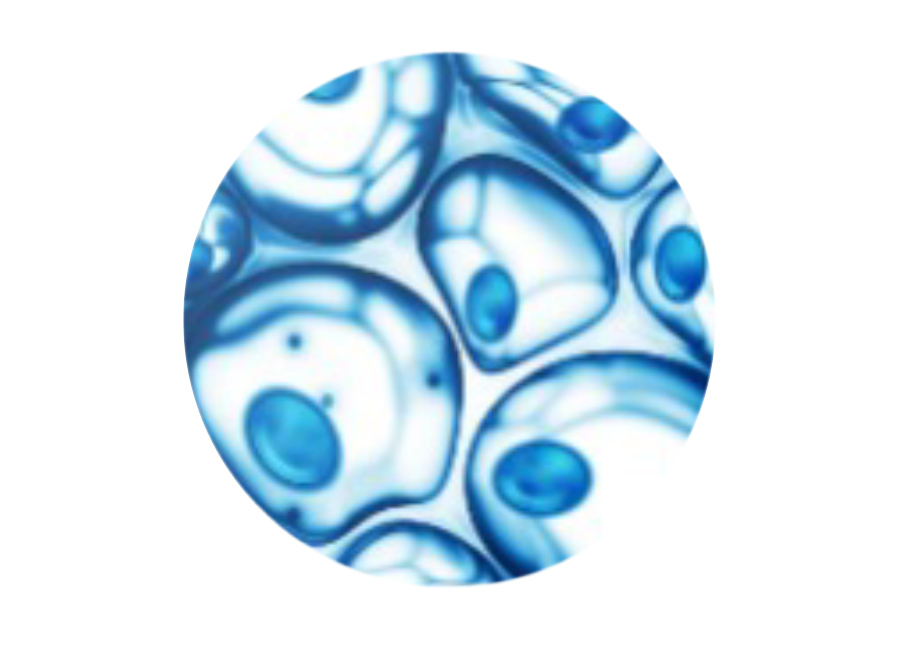Cell Regeneration Technology: Repairing the Brain from Within

The Science of Cell Regeneration: Harnessing the Brain’s Potential to Heal
A revolutionary approach to treating neurological disease by harnessing the body’s own regenerative power.
MyndTec’s cell regeneration technology is set to revolutionize the treatment of neurological diseases by harnessing the brain’s natural healing power. This groundbreaking approach uses a patient’s own neural stem cells, guided by precisely timed electrical stimulation, to repair damaged brain tissue. Licensed from the University of Toronto, the patented technology stimulates the growth and migration of these stem cells, helping them develop into new neurons and restore brain function. Initially targeting Parkinson’s disease, the technology also holds promise for stroke, Alzheimer’s, and other neurological conditions.
Innovative Approach to Neural Regeneration
What sets MyndTec apart is its ability to avoid the ethical complexities of external stem cell therapies, offering a safer, more natural alternative. The technology is currently in pre-clinical studies focused on Parkinson’s disease, with plans to optimize stimulation parameters and demonstrate efficacy in regenerating neurons and improving motor function. This technology not only opens new treatment possibilities but also presents a significant growth opportunity, with the potential to revolutionize how neurological conditions are treated and create long-term value for investors.
The Future:
- We are committed to rigorous scientific research and clinical development to bring this life-changing technology to patients worldwide.
This innovative regeneration technology holds the potential to revolutionize the treatment of Parkinson’s, stroke, spinal cord injury, and other neurological conditions.
Clinical References
- Babona-Pilipos R, Pritchard-Oh A, Popovic MR, Morshead CM. (2015). “Biphasic monopolar electrical stimulation induces rapid and directed electrotaxis in adult subependymal neural precursors.” Stem Cell Research and Therapy, 6:67. https://stemcellres.biomedcentral.com/articles/10.1186/s13287-015-0049-6
- Babona-Popovic R, Liu N, Oh-Pritchard A, Mok A, Badawi D, Popovic M, Morshead CM. (2018). “Calcium influx differentially regulates migration velocity and directness in response to electric field application.” Experimental Cell Research, 368(2):202-214. https://www.sciencedirect.com/science/article/pii/S0014482718301490
- Morrison TJ, Sefton E, Marquez-Chin M, Popovic MR, Morshead CM, Naguib HE. (2019). “A 3D-printed device for low-cost stimulation in mice.” Frontiers in Neuroscience. https://www.frontiersin.org/articles/10.3389/fnins.2019.00784/full
- Iwasa SN, Rashidi A, Sefton E, Liu NX, Popovic MR, Morshead CM. (2019). “Charge-Balanced Electrical Stimulation Can Modulate Neural Precursor Cell Migration in the Presence of Endogenous Electric Fields in Mouse Brains.” eNeuro. https://www.eneuro.org/content/6/6/ENEURO.0415-19.2019
- Ahmed U, Iwasa SN, Poloni L, Ahlfors J-E, Yip C, Popovic MR, Morshead CM. (2020). “Substrate-Dependent Galvanotaxis of Directly Reprogrammed Human Neural Precursor Cells.” Bioelectricity, 2(3). https://www.liebertpub.com/doi/10.1089/bioe.2019.0037
- Iwasa SN, Shi HH, Hong SH, Chen T, Marquez-Chin M, Iorio-Morin C, Kalia SK, Popovic MR, Naguib HE, Morshead CM. (2020). “Novel electrode designs for neurostimulation in regenerative medicine: Activating stem cells.” Bioelectricity.https://www.liebertpub.com/doi/10.1089/bioe.2020.0034
- Sefton E, Iwasa SN, Morrison T, Naguib HE, Popovic MR, Morshead CM. (2020). “Electric Field Application In Vivo Regulates Neural Precursor Cell Behavior in the Adult Mammalian Forebrain.” eNeuro. https://www.eneuro.org/content/7/5/ENEURO.0201-20.2020
- Lau, K. S. K., Chen, T., Iwasa, S. N., Volpatti, M., Popovic, M. R., & Morshead, C. M. (2023). A novel ex vivo assay to define charge-balanced electrical stimulation parameters for neural precursor cell activation in vivo. Brain research, 1804, 148263. https://doi.org/10.1016/j.brainres.2023.148263

